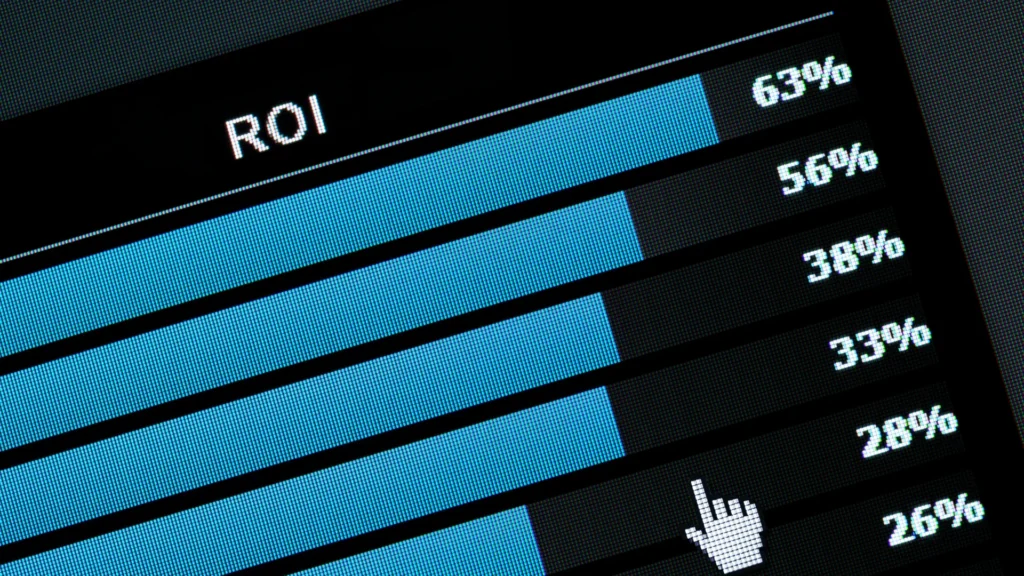At the moment, the PPC advertising market is extremely competitive, and everyone, and I mean EVERYONE can set up new campaigns in just a few minutes.
The new technology helps users streamline the campaign creation process so even beginners can do it quickly.
But as you already know, campaign creation is just the beginning of the work in PPC.
From the moment the campaign launches, it’s crucial to analyze results and perform relevant changes and optimizations in order to improve performance, overwise the campaign may be a big waste of time and money.
If you are new to PPC advertising and would like the basics, this post may help.
The most valuable asset we have in PPC marketing is data.
Without a deep understanding of how your campaigns are performing, it will be impossible to make the right optimizations.
The difference between a great digital marketer and business owners who “try” PPC advertising, is that great digital marketers know what’s the right thing to do in campaign management while they throw their money at the internet and hope for the best.
By understanding the power of data analytics, you can transform your campaigns into a positive ROI machine that will grow your business.
In this article, you will learn the essential PPC metrics you need to track and analyze to identify areas for improvement in your campaigns and achieve your marketing goals efficiently.
Table of Contents
ToggleMetrics 1+2 - Clicks & Impressios
Some platforms like Meta and LinkedIn charge you per ad impressions and platforms like Google Ads charge per click, therefore it’s important to understand the numbers behind these two metrics and how they translate into conversions.
Impressions: This number represents the total number of times your ad was displayed across the platform you advertise on. It’s the first step in the conversion funnel. The idea is that everyone who views your ad will click on it, and that leads us to the next key metric – Clicks.
Clicks: This number represents the total number of times users clicked on your ad. It can be seen as an indication of whether your ad causes initial interest in your offering.

AD:
Metric 3 - Click-Through Rate (CTR)
Calculated by dividing clicks by impressions (CTR = Clicks / Impressions * 100), this metric shows the percentage of users who saw your ad and actually clicked on it. When you have a higher CTR, it indicates a well-targeted ad with an offer that resonates with your target audience.
Metric 4 - Cost-Per-Click (CPC)
This metric represents the average amount you pay each time someone clicks on your ad. The calculation for this number is a division of the total spend by the number of clicks (CPC = Total Spend / Clicks).
The idea is to have the lowest CPC, which means that you can get more people to click on your ad for the same budget, which can lead to more conversions.
Metric 5 - Conversion Rate
This metric is one of the most important ones, and maybe the most important at all. It stands for the percentage of users who clicked on your ad and took a desired action, like making a purchase, submitting a lead form, downloading a file, etc.
This metric is calculated by dividing conversions by clicks (Conversion Rate = Conversions / Clicks * 100).
Conversion rate can indicate the effectiveness of your landing page and overall campaign message. For instance, if many people click your ad but for some reason no one converts on your landing page, there might be a problem with it and landing page optimization is needed.
This video explains simply what is conversion rate:
AD:
Metric 6 - Cost-Per-Acquisition (CPA)
It is also one of the key metrics and stands for the average cost you pay for each conversion generated by your PPC campaign.
It’s calculated by dividing your total spend by the number of conversions (CPA = Total Spend / Conversions).
For example, the CPA of a new lead submission is $40, so it means that your business needs to pay $40 on average in PPC advertising to acquire a new lead.
The ideal is to have the lowest CPA possible, so your business can get more conversions for the same marketing budget.
Metric 7 - Return on Ad Spend (ROAS)
It is the most important metric that measures the revenue generated for every dollar spent on your campaign. The calculation for this metric is the division of your total revenue generated from PPC by your total PPC spend (ROAS = Total Revenue / Total PPC Spend).
If your ROAS is positive, then it means your campaign might be profitable to your business, but if the ROAS is negative then your business loses money as a result of investing in the campaign.

To conclude
By consistently monitoring and analyzing your PPC data, you can ensure your campaign performs at its best and then ultimately, your business will reach a positive ROI in PPC advertising.
Remember that PPC advertising is a process, and some campaigns require more time to become profitable, so don’t give up if you have just started and don’t see great results.
Test your digital marketing knowledge by debunking the greatest myths in this post.
AD:





